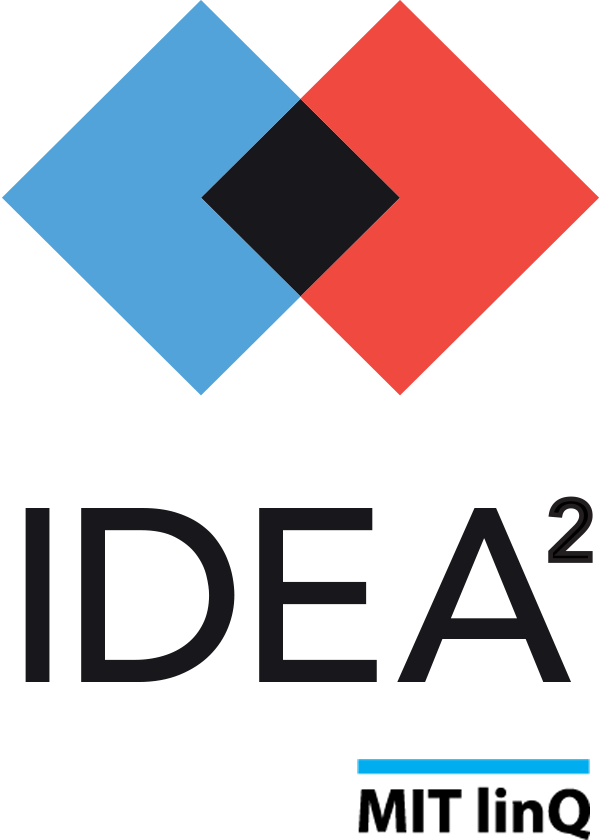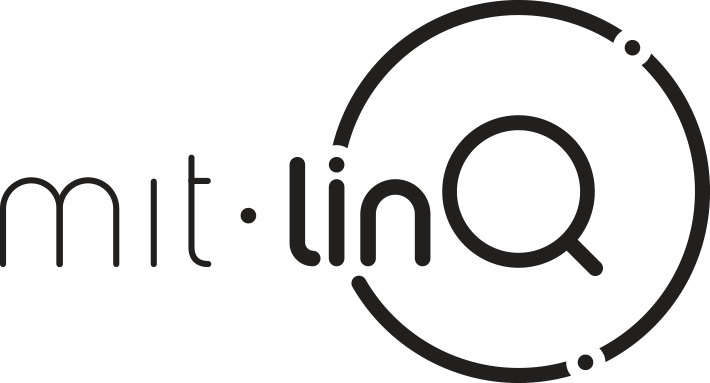 Kay Everett is completing her MD in the Health Sciences and Technology Program at Harvard Medical School and plans to pursue residency in Internal Medicine while continuing research in medical device development and clinical problem solving in the areas of failure analysis, associated test methods, and failure tolerant device design. She was also a participant in IDEA² at HST, a unique collaborative mentorship program that enables young researchers to define and launch their own research projects.
Kay Everett is completing her MD in the Health Sciences and Technology Program at Harvard Medical School and plans to pursue residency in Internal Medicine while continuing research in medical device development and clinical problem solving in the areas of failure analysis, associated test methods, and failure tolerant device design. She was also a participant in IDEA² at HST, a unique collaborative mentorship program that enables young researchers to define and launch their own research projects.
Connections beyond the lab
Ms Everett has a background in materials engineering, and has always been passionate about applying her experience to medical problems. Her current research focuses on the mechanisms and implications of stent failure—to understand why stents break and to forecast the complications patients might face. Her experience in the IDEA² program, which has helped her develop close collaborations with her mentors (called “catalysts” in the program), connects her to not only other engineers but to manufacturers, clinicians, and regulatory officials who also have interests in solving the problems of stent failure.
“One of the greatest advantages IDEA² affords is the connection to catalysts. The award of the catalyst puts responsibility on the student to reach out, establish a relationship, and set the agenda. It’s your person, your connection, and your responsibility to turn that into a collaboration,” says Ms Everett. “I’ve learned how to become a collaborator, how to network, and how to integrate others’ ideas into my project. It’s kind of a soft skill, a leadership and management skill that you don’t always get in a conventional training situation.”
Building ability and confidence
Many PhD students join labs where work is already in progress. The IDEA² program, by contrast, is specifically designed to help researchers early in their careers (such as graduate students) to design their own research agendas and to drive their implementation. It also exposes participants to networks outside academia, such as government and industry.
“It’s an implicit requirement for me that what I do matters—I don’t want to invest five or six years of my life on something that doesn’t matter, I want to have an impact on people. I really enjoy seeing my research come to fruition.”
“IDEA² empowered me to come up with my own idea. As students, we have to come up with our thesis, which is heavily influenced by our environment, by the lab around us. In doing this process it validates you too, it shows that you can come up with a valuable idea, and that you can take it farther—square it—than you could on your own. This gives you real confidence in your thesis, so it’s not just an academic exercise,” Ms Everett says.
The IDEA² advantage: Focus and acceleration
The IDEA² process gives young researchers the freedom—and the security—to take calculated risks that will advance not only their research ideas but also their careers. “This will help me to finish my PhD ready to start a lab and get a grant,” says Ms Everett. “IDEA² offers more than you can learn in the classroom, or even from typical mentorships; but it’s critical that it’s done in a safe and sheltered environment. You can be vulnerable and learn without being stymied in your progress. You practice skills before you have to go on to be a super productive faculty member.”

